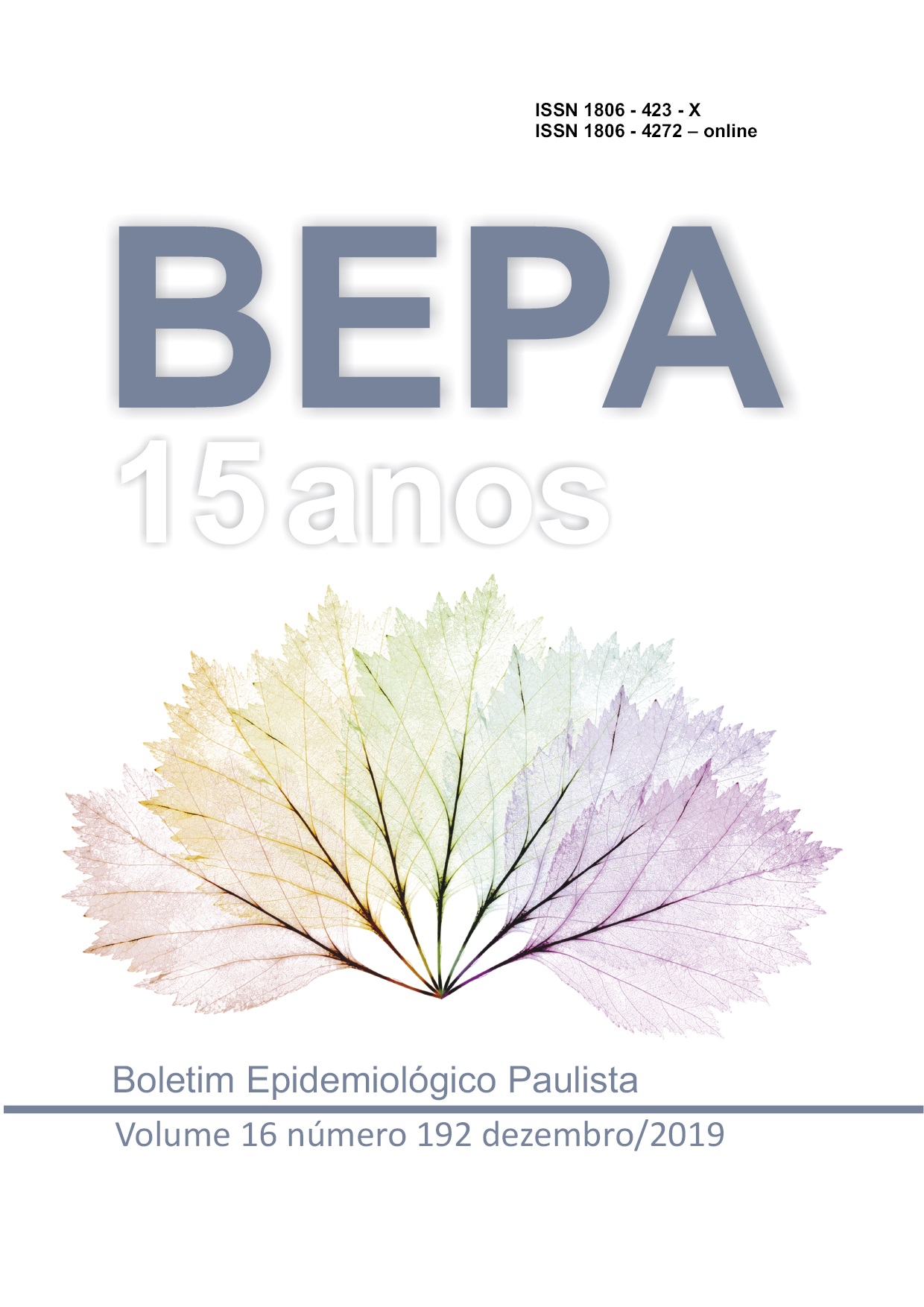Abstract
Disorders of the masticatory system include any disharmony that occurs in the functional
relationships of temporomandibular joints of facial muscles, chewing muscles, and
vascular and nervous supplies of these tissues. Temporomandibular joint pain triggered
by mandibular movement affects 5 to 12% of individuals between 20 and 40 years of
age. The present study aims to propose a physical examination card for the diagnosis
of temporomandibular joint arthropathies based on the RDC/TMD questionnaire to be
used in clinical practice and propose the use of a Bimler Class III device, modified
Planas Composite device and expander plate. For the reestablishment of the mandibular
condyles in the joint cavity. Sixteen adults older than 18 years of both sexes attended in
medical – dental clinics in the cities of São Paulo, Santos, Limeira, Atibaia and Santa
Bárbara D’Oeste participated in the study. All participants evaluated the proposed
physical exam for diagnosis of temporomandibular disorders (TMD), measurement
of mouth opening, auscultation of temporomandibular joints, measurement of facial
proportion and radiological examinations. The participants submitted to the use of this
device presented acute to severe symptomatology (score 5 on the physical examination
sheet) with or without the use of anti-inflammatory medication, analgesic and muscle
relaxant for the pain of temporomandibular joint arthropathy and the presence of
locking. The main complaint reported by the participants at the time of the consultation
was muscle fatigue in 100% (16/16) of the participants. The 16 participants used the
device for 24 hours a day for a period of up to 7 months thus divided: initial period of
use of the device from 1 to 3 months, being the first month of adaptation to the device;
Period of 4 to 5 months and the end of the use of the device from 6 to 7 months. After
analysis of the panoramic RX, the recovery of the joint space and the linearity of the
condyles were observed in all participants.

This work is licensed under a Creative Commons Attribution 4.0 International License.
Copyright (c) 2019 Júlio César Elias, Maria de Fátima Costa Pires
